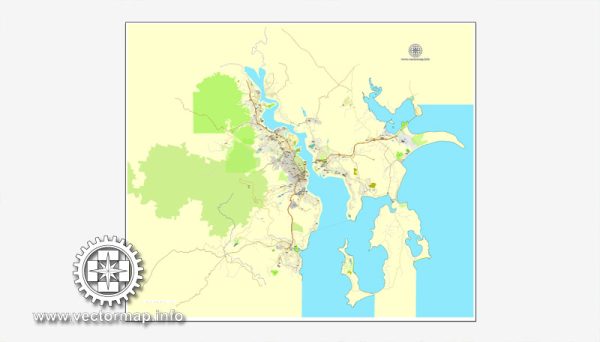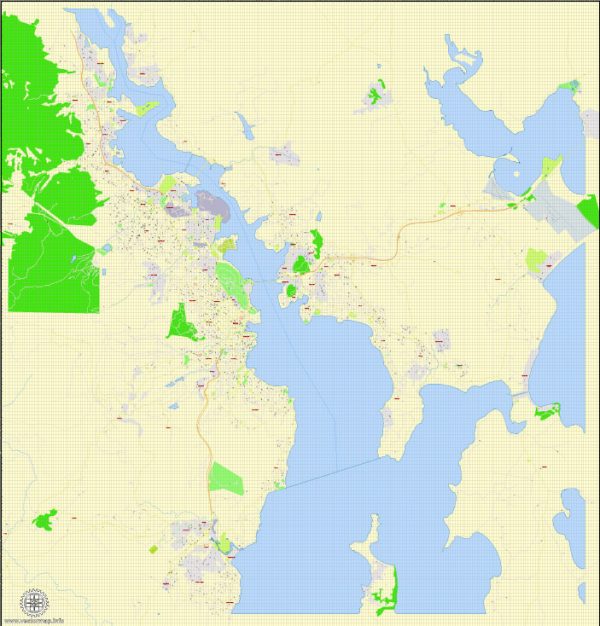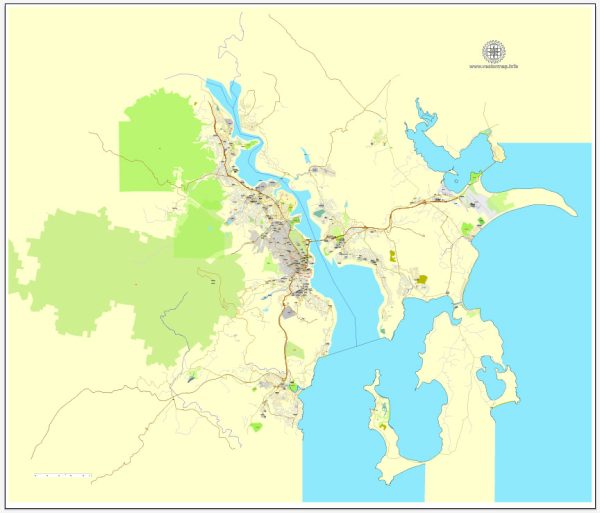Hobart, the capital city of Tasmania, Australia, has a rich history of urban development that spans several centuries. Here is a brief overview:
Early Settlement (1804-1820s): Hobart was founded in 1804 as a penal colony named Hobart Town. It served as a strategic outpost for the British Empire in the southern hemisphere. The early settlement was characterized by modest wooden structures and a focus on basic infrastructure to support the growing population of convicts and settlers.
Expansion and Infrastructure (1830s-1850s): As the convict population declined and free settlers arrived, Hobart began to expand. The 1830s and 1840s saw increased economic activity, especially in agriculture and shipping. The construction of key infrastructure such as wharves, warehouses, and roads became essential for the city’s growth. The Royal Hobart Hospital, established in 1804, also underwent expansions during this period.
Gold Rush and Economic Growth (1850s-1870s): The discovery of gold in mainland Australia in the 1850s contributed to economic growth in Hobart as the city became a major port for prospectors en route to the goldfields. This period witnessed the construction of grand buildings, reflecting the prosperity of the time, including the Hobart Town Hall (1866) and the Customs House (1858).
Industrialization and Maritime Development (1880s-1900s): The late 19th century brought further industrialization to Hobart, with the establishment of manufacturing industries and improved transportation networks. The maritime industry played a crucial role, and the port facilities were expanded. Hobart’s skyline began to change with the construction of more substantial brick and stone buildings.
20th Century Urbanization (1900s-1960s): The early 20th century saw continued urbanization, with the development of suburbs and improved public transportation. The expansion of residential areas and the construction of landmarks such as the Hobart Bridge (1943) contributed to the city’s modernization. The mid-20th century also witnessed the removal of some historic buildings in the name of progress, a trend seen in many cities during this period.
Contemporary Development (1970s-Present): In recent decades, Hobart has experienced urban renewal and a revitalization of its waterfront areas. The restoration and preservation of historic buildings have become priorities, contributing to the city’s charm. The MONA (Museum of Old and New Art), opened in 2011, has become a significant cultural and architectural landmark, attracting visitors from around the world.
Challenges and Opportunities: Hobart faces challenges typical of modern cities, including urban sprawl, traffic congestion, and environmental concerns. Balancing the preservation of its historical charm with the need for contemporary development poses an ongoing challenge. However, the city continues to evolve, adapting to the demands of the 21st century while cherishing its rich heritage.




 Author: Kirill Shrayber, Ph.D.
Author: Kirill Shrayber, Ph.D.